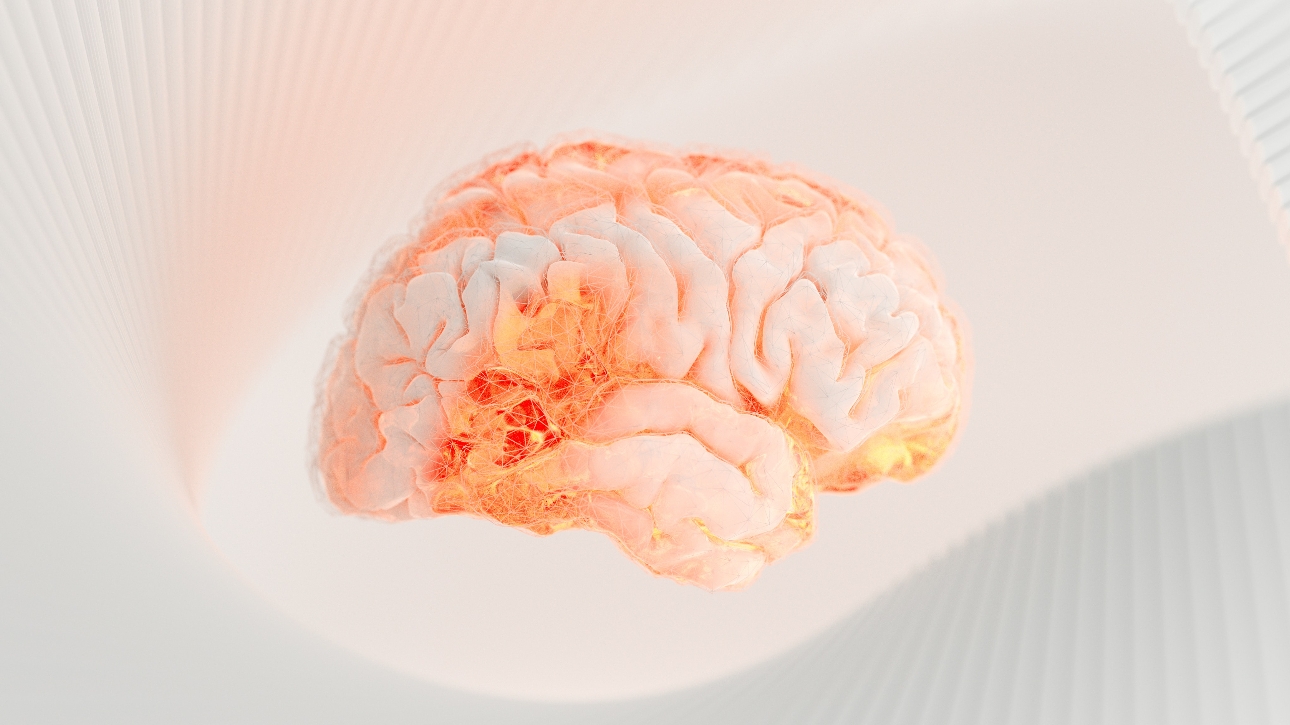Posted by Danielle Harvey on 10 January 2024

Revolutionising design creation
Artificial intelligence (AI) is the ability of a computer, or a robot controlled by a computer, to do tasks that are usually done by humans because they require human intelligence and discernment. Those who embrace AI say it will revolutionise design creation, but others say that fast tracking ideas into solutions that will boost productivity could erode the ingenuity of the creators. The human mind's imagination and creativity are still the best tools of a designer but for how long?
Inevitably, the emergence of a plethora of legal cases will determine IP ownership, creating case law, but at what cost? Many in the UK's creative industries are lone, micro or SME and, in the fast-moving world of designing new products, the can cost and time prohibitive legal action to determine ownership is out of reach? For the majority this is not an option, but help may be at hand by some of the behemoths such as Disney bringing cases which help to define the law more clearly. For example, Getty Images is suing the creators of AI art tool Stable Diffusion for scraping its content, but apparently this case will not be heard until next year.
Copyright issues
Currently works created by artificial intelligence, even if produced from a text prompt written by a human, are not protected by copyright in the UK. UK copyright lasts, generally, for the life of the author plus 70 years. Copyright is created automatically in any work produced whether it is an artwork, painting, poem, sculpture, or story. Under UK law you are automatically the owner in any work you produce. If you are employed, copyright belongs automatically to your employer.
So how can you combat unauthorised use of your work? There is no silver bullet but here are a few suggestions:
· Research effective use of a digital watermarking tool.
· Support the creation of an industry standard licensing model accessible by all from micro to macro. For example, Shutterstock say, "We're powering the future of AI, the right way" (use through a licensing business model).
· Signing the ACID IP Charter promoting IP ethics, compliance, and respect. Tell everyone you have signed it.
· Support a move to create a universal Code of Conduct for companies that create AI models to be trained ethically. The UK giftware sector is a national asset so for example if you are a greetings card designer when digitally printing or paper printing cards, include an additional statement on the back of the card, saying, "All artwork is originally created by (insert your name). Any infringements in my copyright will be pursued vigorously." ACID members add the Member of ACID logo as a deterrent or warning shot.
The ACID IP Databank provides a useful tool as a safe and trusted "deposit bank" to lodge new designs and help create an audit trail behind original creative work. Essential evidence if you must prove IP ownership.
Short-term reprieve
Government's priority is an intention to create the UK as a "Global AI Superpower" but following its consultation on AI, they were thwarted recently when a major force of IP creators and right's holders campaigned and were successful in limiting the use of text and data mining. This may be a short-term reprieve, but it demonstrates the collective power of campaigning. The IP Minister is intent on the creating the right balance between an economy that protects the interests of the creator, but also ensures that the digital economy has the freedom to operate. For creative workers to get fair remuneration from those who use their work without permission, this continues to be a challenge.
ACID's Faith Capstick, commenting on AI and copyright said, "The question is where the anxiety and fear resides for artists, and understandably so. For an artist who has built up years of experience through trial and error to create their style, it would be an awful feeling to know a computer has amalgamated segments of their work and spat out something which resembles their individual, original, and unique style. Worryingly, it may come down to what the US calls the 'Fair Use' doctrine, whereby using copyright material is justified as freedom of expression." Daniel Gervais, professor at Vanderbilt Law School, says, "Two factors, though, have much, much more prominence, what's the purpose or nature of the use and what's the impact on the market." Another burning question is, "Will copyright law allow robots to learn?"
What is Anti Copying in Design's (ACID) ask to Government? "Nimble thinking translated into visionary future-proofing of creative work via carefully thought-out policy and agile regulation is essential to establish the relationship between IP and generative AI. Whilst balancing the needs and expectations of consumer choice and the UK's government ambition for digital growth, there must be safeguards to provide confidence to innovators and investors. Maybe it's time for a UK IP regulator."
To find out more, visit www.acid.uk.com